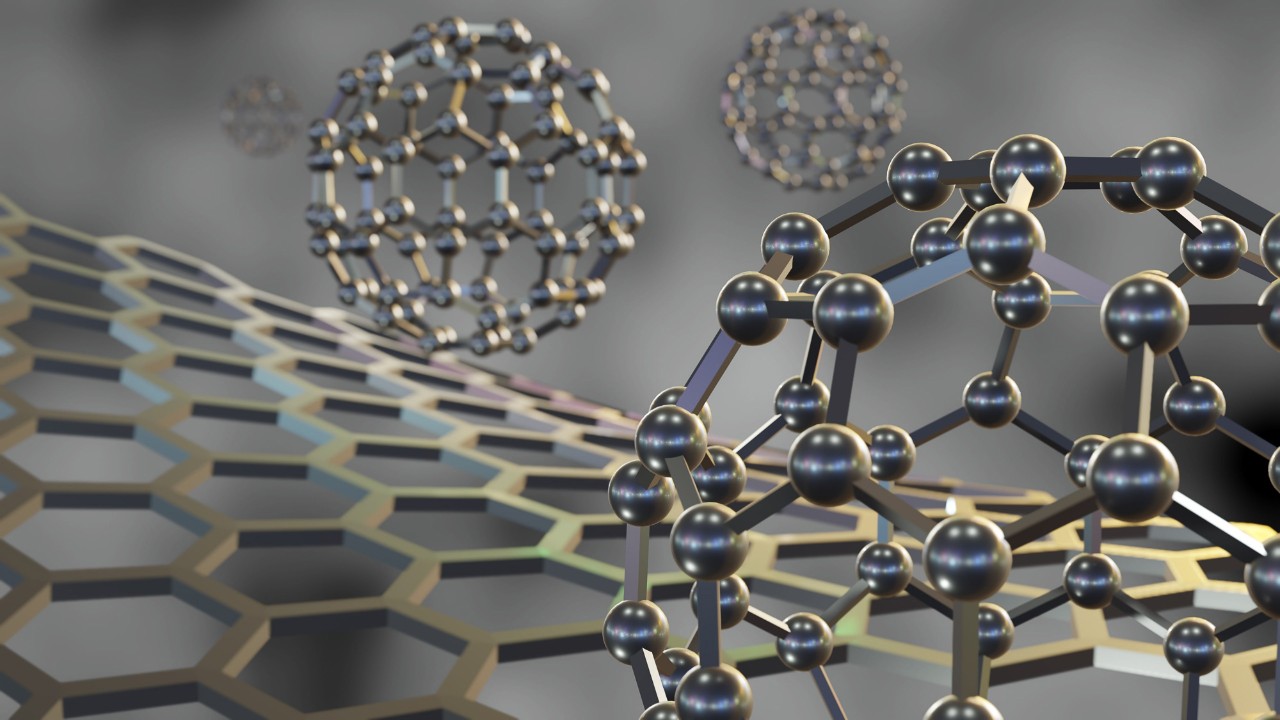
Designing the next generation of drug delivery
Nanotech offers new frontiers in medicine, UC chemistry professor says
The nonprofit PhRMA Foundation talked to a chemist at the University of Cincinnati about how nanotechnology is offering new avenues for delivering medicine.
UC College of Arts and Sciences Assistant Professor Briana Simms told PhRMA that she and her students study lipid nanoparticles in her chemistry lab.
"Lipid nanoparticles essentially are fancy soap bubbles," she said. "But they were used prevalently in the COVID-19 vaccines."
She is working to create synthetic versions that can be fine-tuned to a particular application. This could help deliver medicine directly to precise parts of the body that would benefit most from it, she said.
She was the recipient of the group's faculty starter grant in drug delivery for 2024.
"Ultimately, our goal is to be able to look at a specific disease or disorder and hand select a nanoparticle with the exact properties we need to treat it," she said.
Simms said she hopes that her work will lead to better community and public health.
Featured image at top: UC Assistant Professor Briana Simms is working on the frontiers of nanomedicine in her chemistry lab. Photo/iStockPhoto
Related Stories
Smithsonian: UC finds pollution in ancient Maya city
July 2, 2020
Smithsonian Magazine examines research by University of Cincinnati that found toxic pollution in ancient Maya reservoirs.
Haaretz: UC study sheds light on environmental collapse
June 29, 2020
Haaretz and other international media report on UC's research into ancient Maya water pollution.
WVXU: Uncovering truth behind art forgeries
October 18, 2022
WVXU and Cincinnati Edition highlight UC's collaboration with Cincinnati area museums to use science shed light on artwork.
